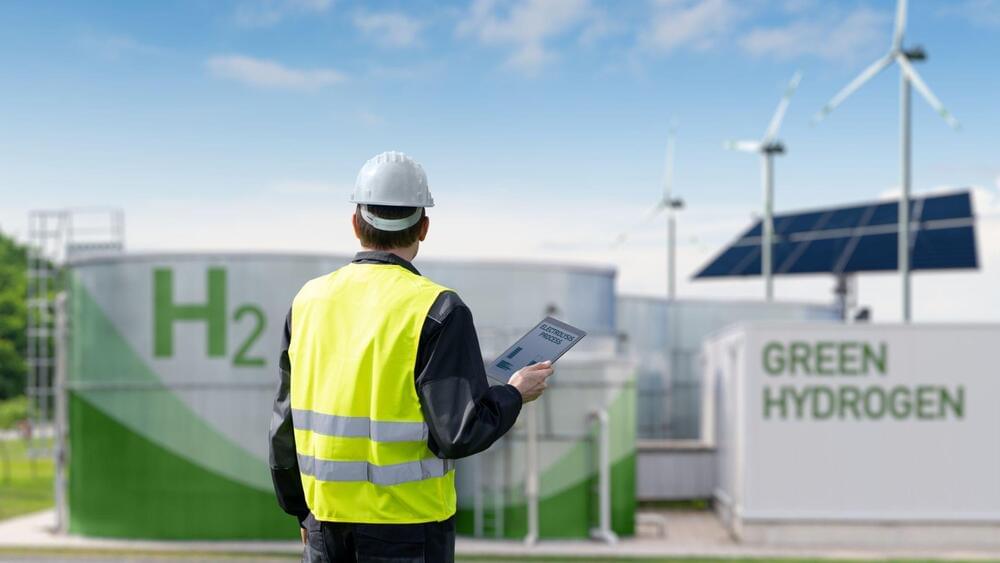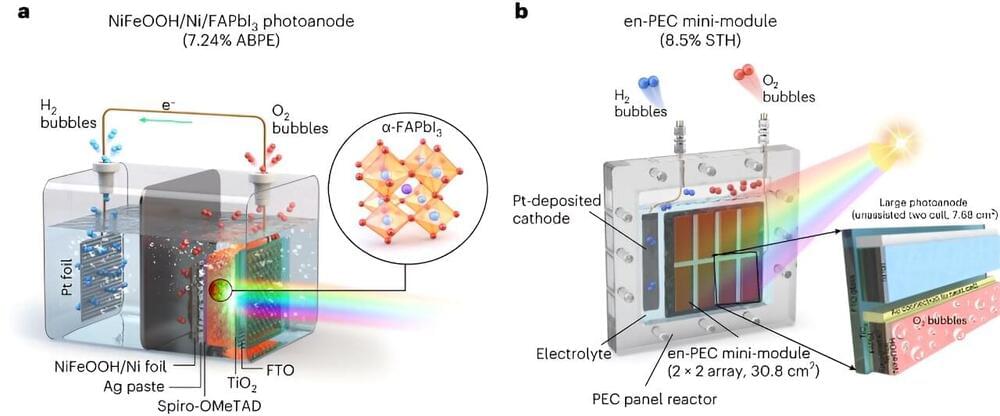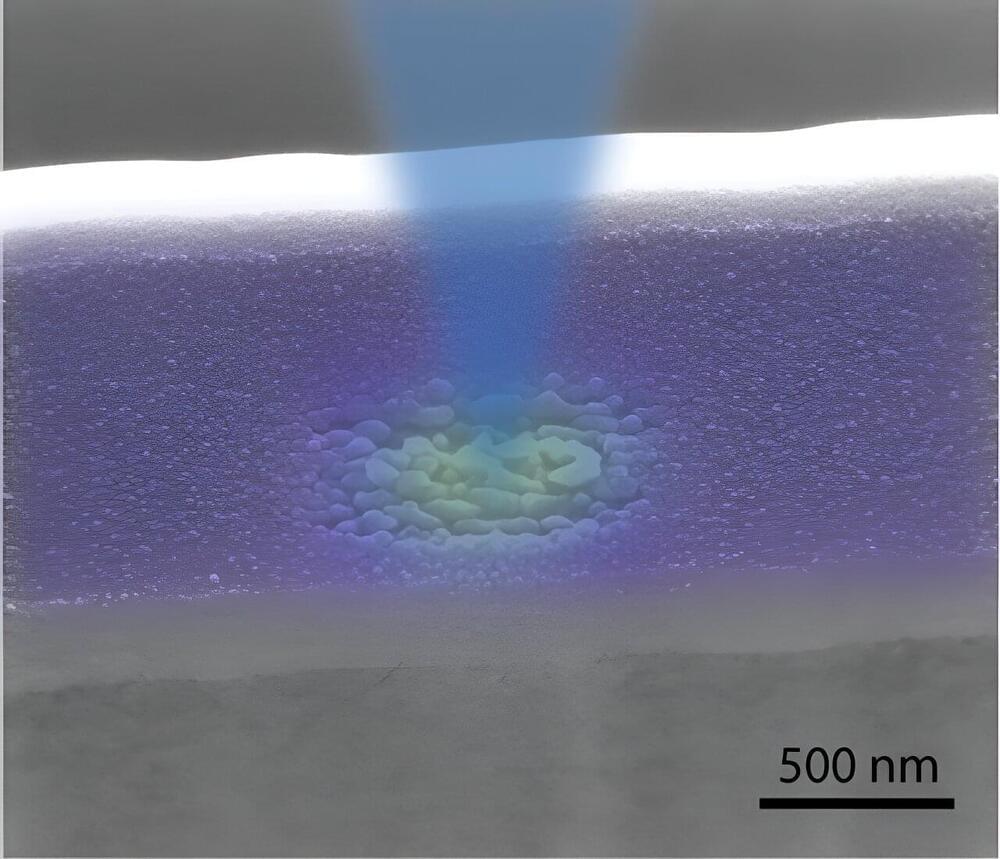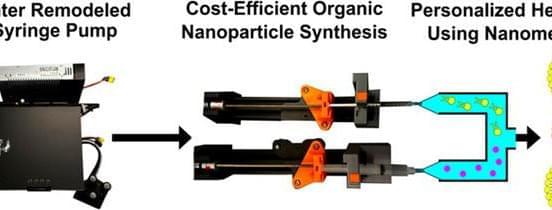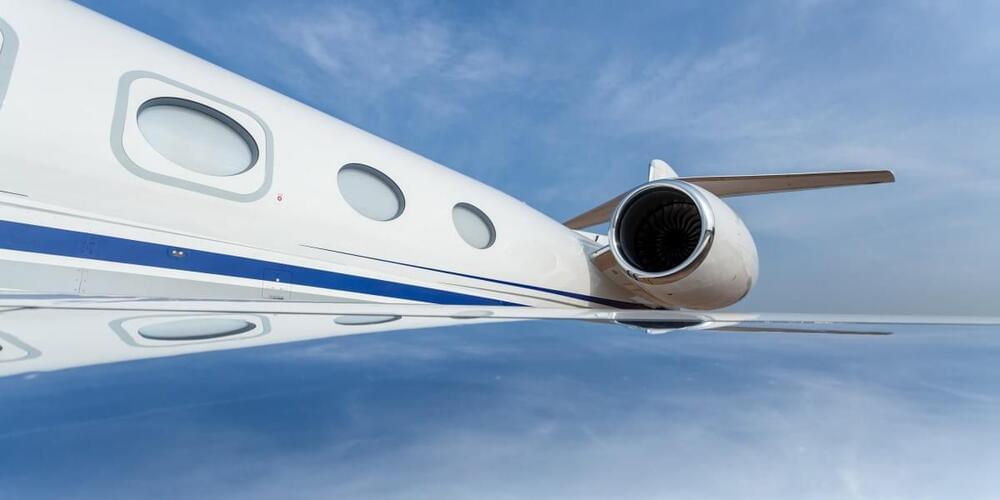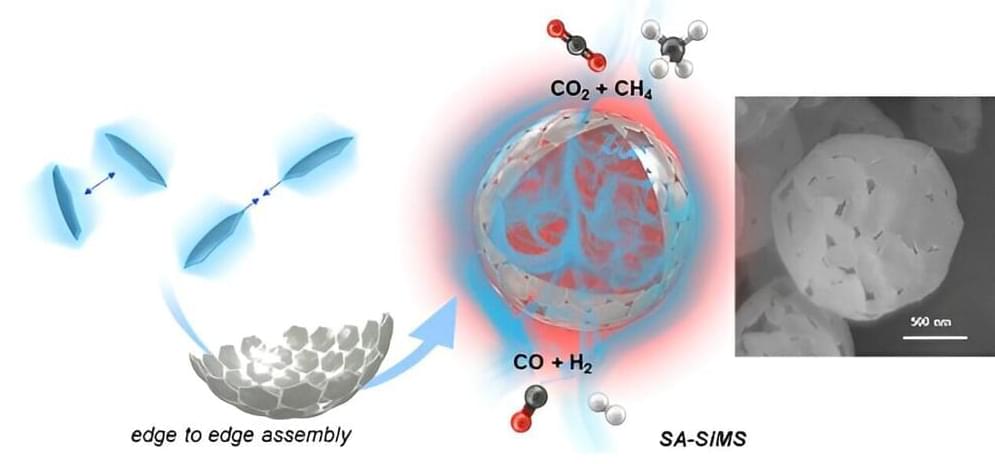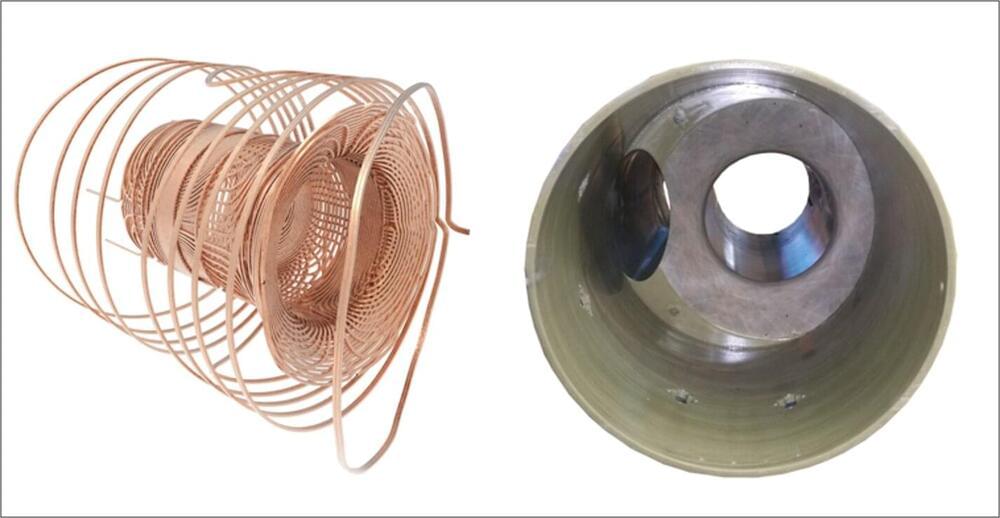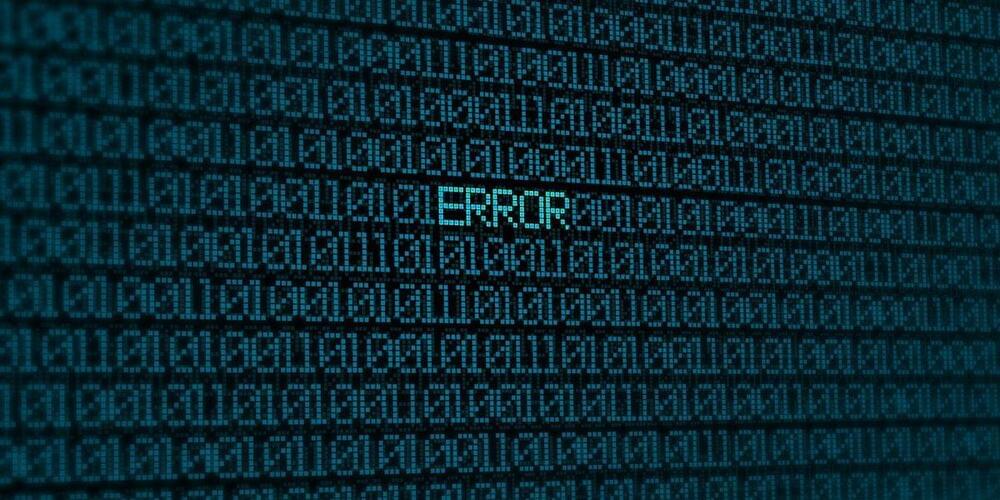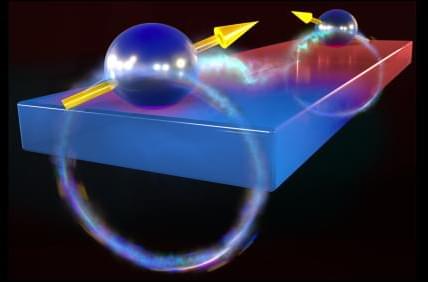Researchers at the Ulsan National Institute of Science and Technology (UNIST) have unveiled a promising photoelectrochemical (PEC) system capable of generating green hydrogen on a large scale.
The team introduces an innovative approach utilizing formamidinium lead triiodide (FAPbI3) perovskite-based photoanodes, encapsulated by a robust Ni foil/NiFeOOH electrocatalyst.
Speaking to Tech Xplore, Jae Sung Lee, Professor of Energy & Chemical Engineering at UNIST and co-author of the paper, highlighted the critical need for efficiency in solar-to-hydrogen (STH) conversion, emphasizing that a minimum of 10% STH efficiency is essential for practical PEC systems. “Our group has thoroughly studied the challenges associated with practical solar hydrogen production,” Lee added.
